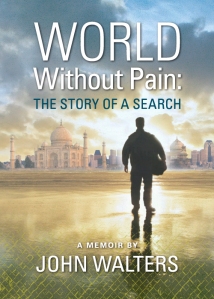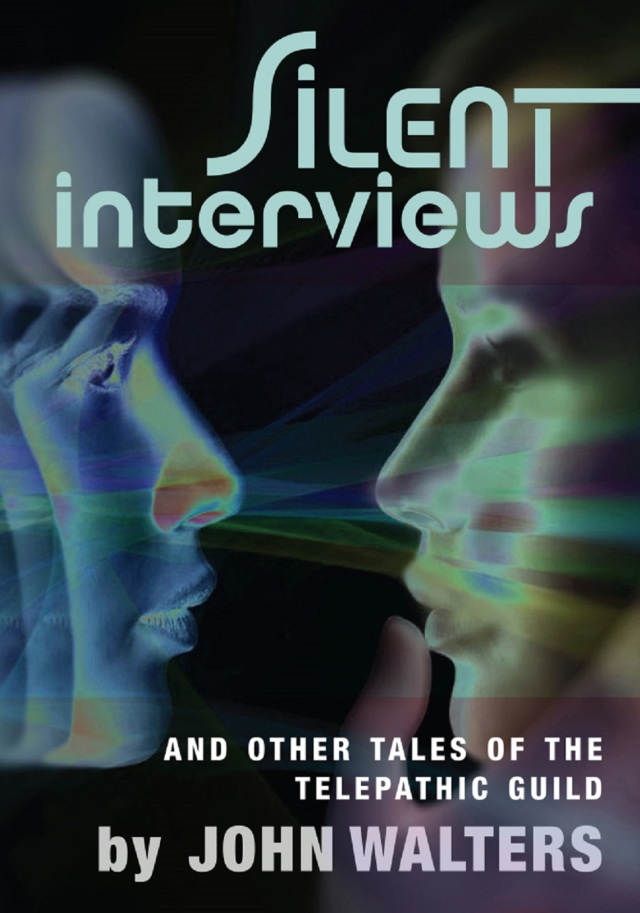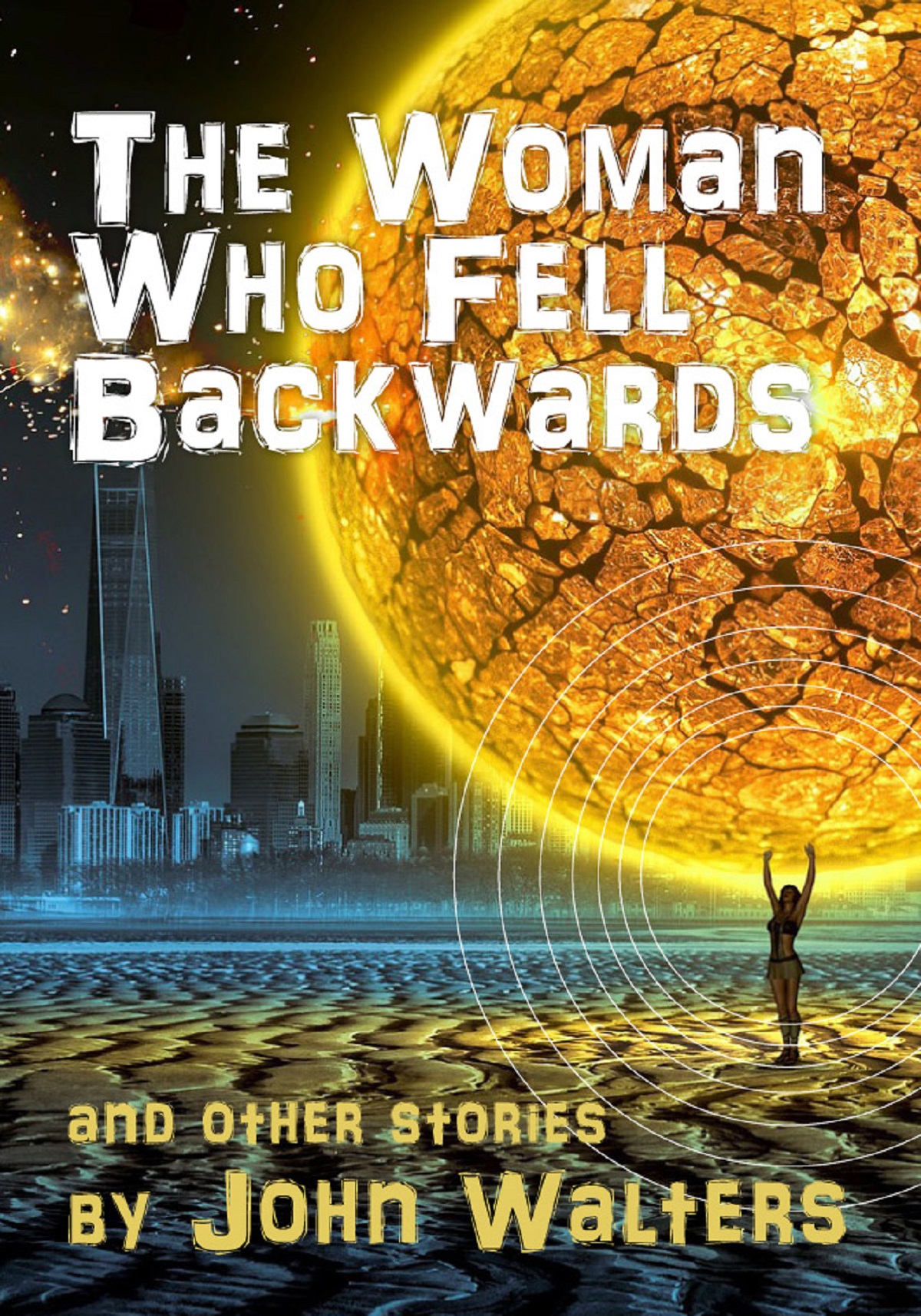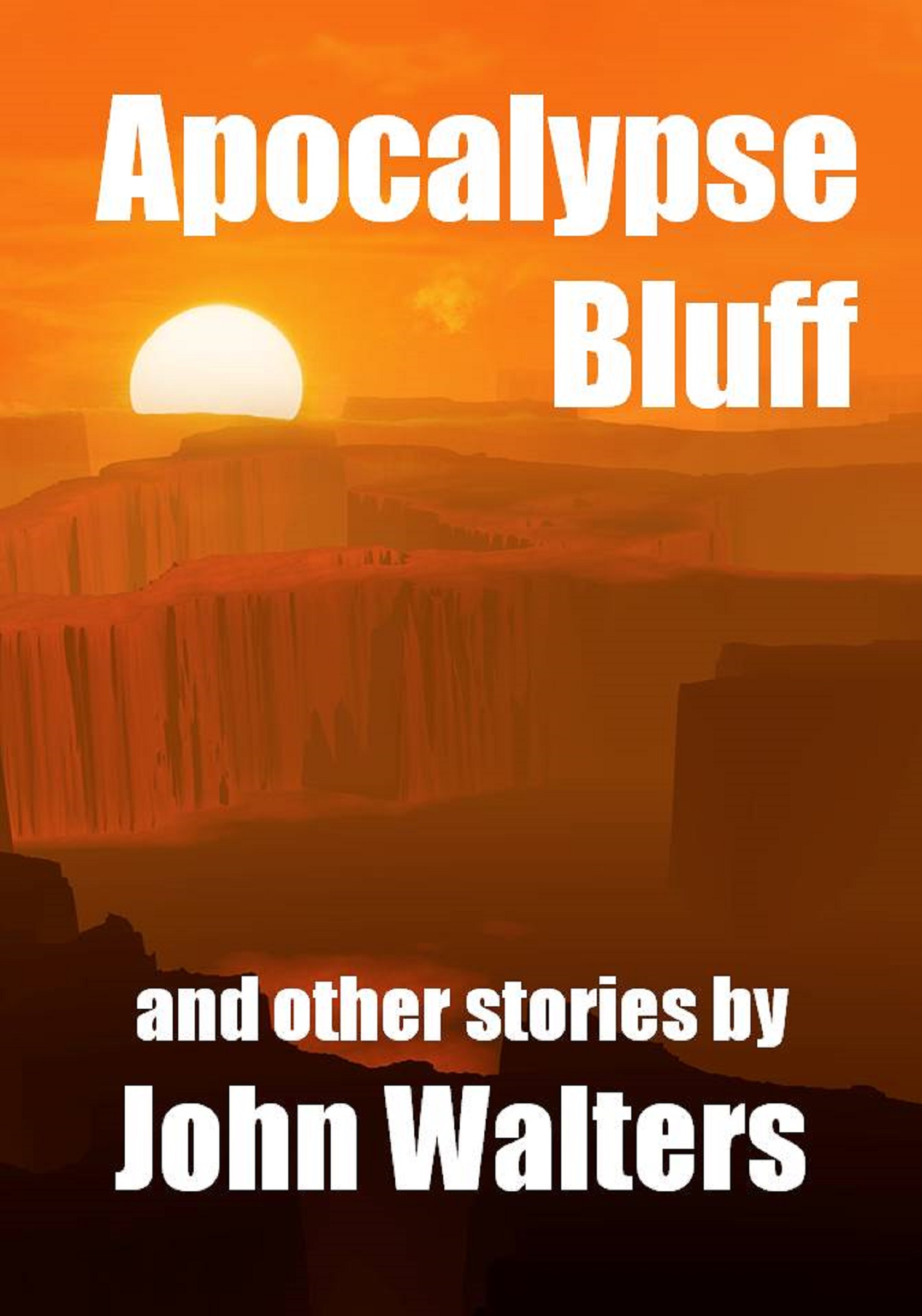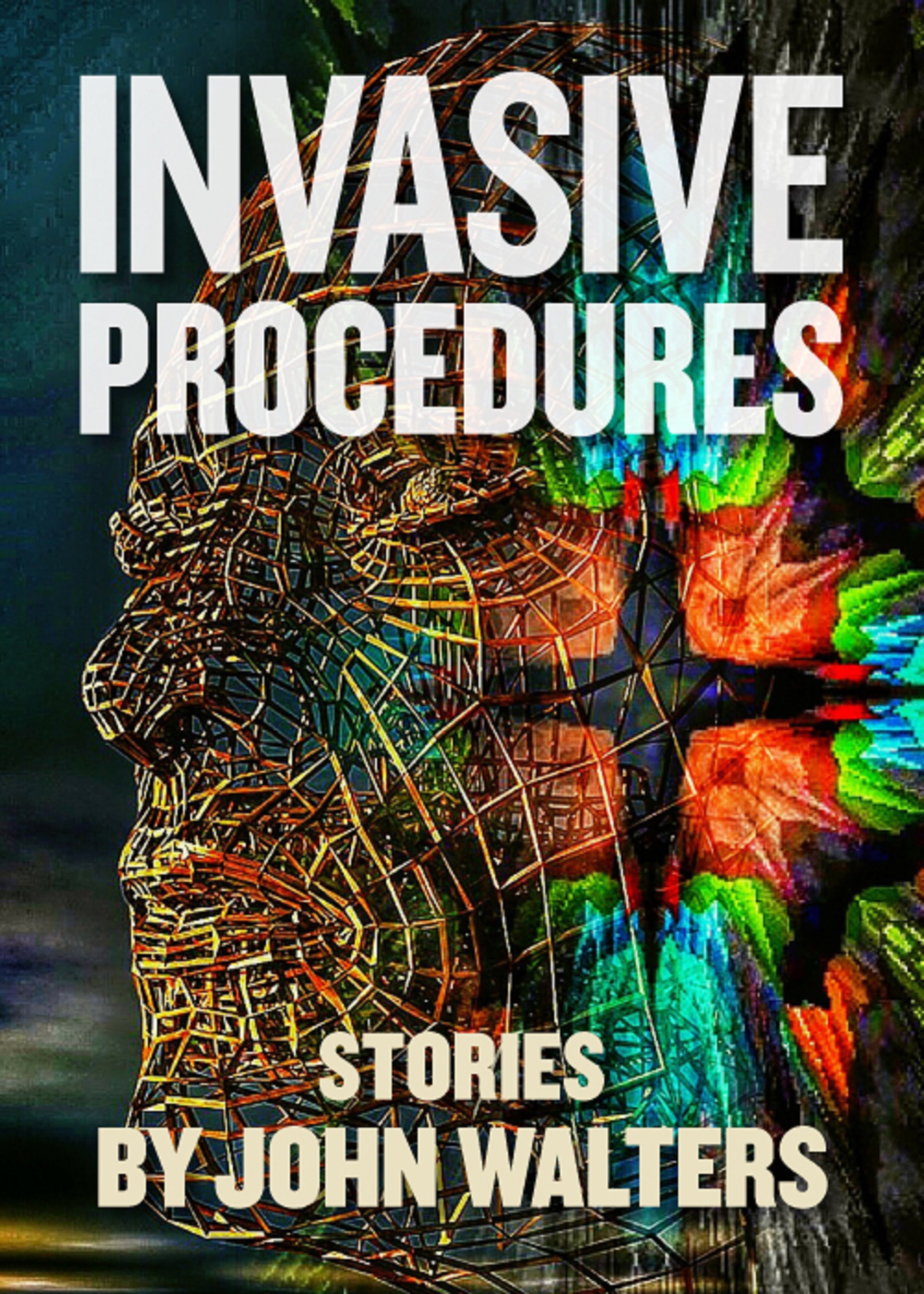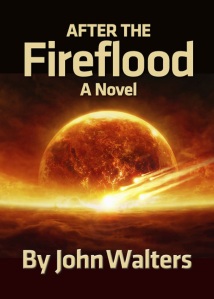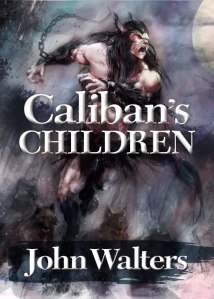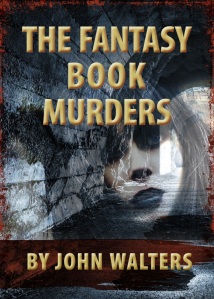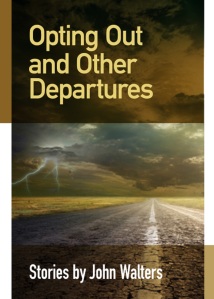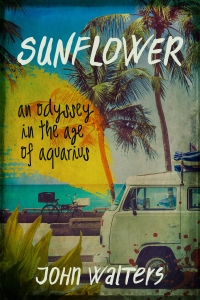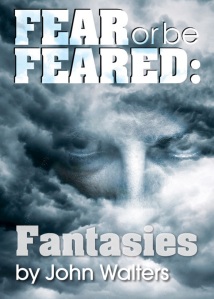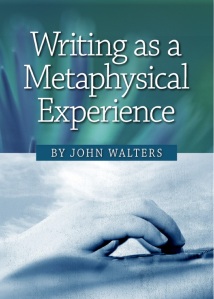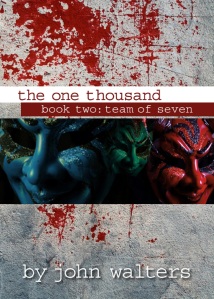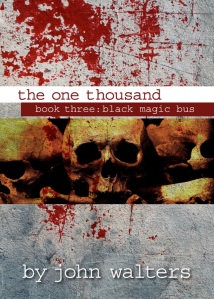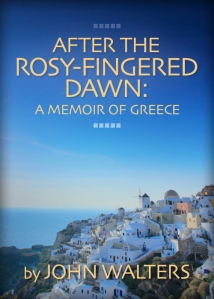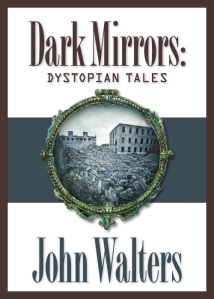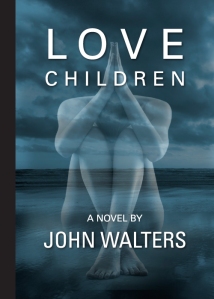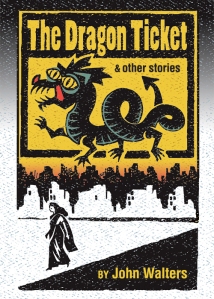Some readers may wonder: What’s he talking about? The City on the Edge of Forever isn’t a book; it’s a Star Trek episode. It’s both, in fact. The City on the Edge of Forever was the twenty-eighth episode of the original series of Star Trek; it first aired on August 6, 1967. It is widely regarded as the best episode of the original series and even one of the all-time best episodes of all the various Star Trek television incarnations.
This book contains an eighty-five page introduction by Harlan Ellison, the award-winning author of the original teleplay, detailing the battles he had with the studio, and Gene Roddenberry the producer in particular, as he tried to keep the integrity of his original teleplay intact in the face of an incredible amount of studio-mandated changes, and the further problems he had in the ensuing decades with Roddenberry recounting a distorted version of the events during his numerous public speaking events. Ellison then presents the original teleplay as he first wrote it, before any of the studio changes, in its entirety. Then follows an example of a partial rewrite of the prologue and first act, and a series of essays about the episode by some of the actors and writers involved in the original Star Trek series.
I was fourteen years old when The City on the Edge of Forever first aired. I was already hooked on the series; I had never seen anything like it on network television. I watched it in black and white; my family never acquired a color set until I was grown and gone. It didn’t matter: the heart of any teleplay is the script. I remember being deeply touched, even at that young age, by the love story in The City on the Edge of Forever and its heartbreaking conclusion. Even way back then, on first viewing, that episode became one of my favorites.
Later, I came across one of Harlan Ellison’s short stories, “I Have No Mouth and I Must Scream,” while taking a university science fiction literature course, and I came to the realization that I had to be a writer – that being a writer was my calling in life. And when I had just turned twenty, in the summer of 1973, I attended the Clarion West science fiction writing workshop, and Harlan Ellison was one of my teachers.
But back to Star Trek and the teleplay – at least in a roundabout way. In the evenings around eight or eight-thirty or so I usually watch a TV episode from Netflix or Hulu or Amazon while I’m eating dinner. (We follow the Greek habit of the larger meal at midday and something lighter like a sandwich later on.) In this manner I’ve watched several seasons of Star Trek Voyager, the full seven seasons of Star Trek Deep Space Nine, and numerous other series. (One of my favorite series was The West Wing, especially the first four seasons when Aaron Sorkin was still writing for it.)
Recently I decided to revisit the original series of Star Trek. I hadn’t watched most of the episodes for several decades. I opted to go through all three seasons in order, without skipping any of the shows no matter how bad I knew they were. And some of them are bad – no, terrible. There’s a fairly decent amount of good scripts throughout the first season and partway through the second season. That’s when Roddenberry hired accomplished science fiction writers to pen the teleplays. However, by the third season, the writing is very bad, and so is the production design. The sets are almost non-existent – painted cardboard cutouts here and there and not much more. Shows like Voyager and Deep Space Nine went far beyond the original series in terms of special effects, makeup, and the sophistication of their long, multiple-episode story arcs. However, there are a few original series episodes that shine brightly despite the ravages of time, and one of them is The City on the Edge of Forever.
I don’t really want to get involved in the controversy surrounding the original teleplay and the final script that actually got shot. In fact, both incarnations received honors. The episode that appeared on television won the Hugo Award, and the unedited original teleplay won the Writer’s Guild of America Award. To me, watching the old Star Trek episode and reading Ellison’s excellent teleplay in book form are completely different experiences. Since this is a book review, that’s what I’ll focus on: the book. The teleplay that never got produced, that was judged too radical and not Star Trek enough, is absolutely brilliant. Ellison writes it with as much intensity and as careful word selection as is manifest in his short stories. I would love to have seen it produced, but even in this form, as a work of literature, it is well worth reading. As for the introduction, I recommend it to anyone who wants to work in film or television as a counter to any fantasyland delusions they may have that all is sweetness and light in the city of stars.


